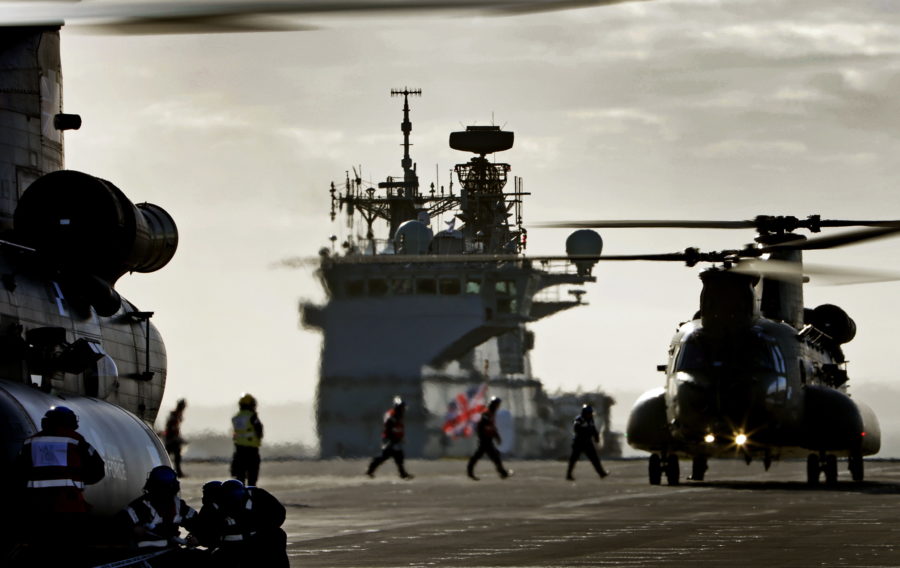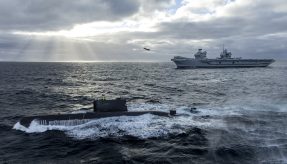
The nerve centre of Britain’s second next generation aircraft carrier, christened HMS Prince of Wales, is up and running two months ahead of schedule.
From this sprawling operational HQ, the crew of HMS Prince of Wales will monitor potential threats, track the flight paths of its F-35B Lightning fighter jets and Merlin helicopters, and carry out missions as diverse as intercepting hostile aircraft, striking land-based targets or delivering humanitarian aid to disaster zones.
Engineers and technicians from the Aircraft Carrier Alliance have partnered up with the Royal Navy’s own experts to ensure all equipment and cabling is in place, and that the carrier’s advanced systems are able to ‘talk’ to each other so that data from different sources can be integrated in a way users find understandable.
Chief Petty Officer Greg Connor, the Ops Room Manager, said moving his team into the complex was a momentous occasion: “This milestone represents the heart of the warfare fighting elements of the ship coming to fruition. The Warfare Department now has its sights firmly set on preparing the ship and team as more and more systems are brought online.”
Production Manager David Scott handed the compartment over to this carrier’s company, saying: “The operations complex has been over three years in the making for me – and much longer for others. We had some of the best workforce available to us and with the team taking ownership of the area, we are able to deliver the compartments ahead of time and to a much higher standard than that previously achieved. This demonstrates to all that we can step up to the toughest challenges on this project and that’s credit to all those who have supported me.”
The nerve centre is the most recent part of the ship to be finished and handed over to the crew. Already, watches are being run in the Ship Control Centre, which oversees all marine engineering aspects of the 65,000-tonne carrier. More than 3,000 compartments will have to be signed off before the can carrier leaves her berth at Rosyth to undergo sea trials next year.
If you would like to join our community and read more articles like this then please click here.







